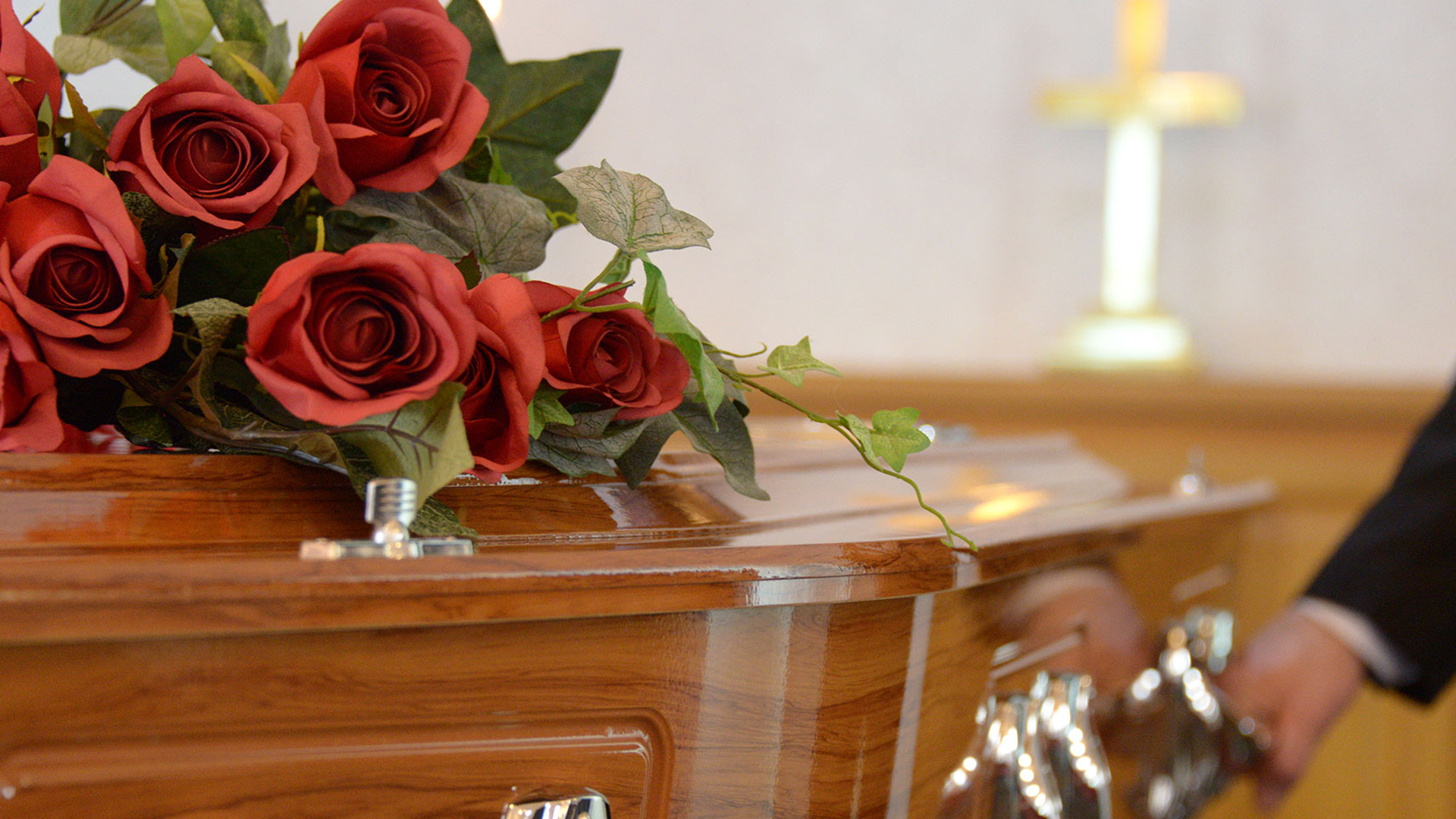When it comes to burying a loved one, there are many different types of burials to consider. From traditional ground burials to more eco-friendly options, it’s important to understand your choices and make an informed decision. In this post, we’ll take a closer look at some of the most common burial types.
- Ground Burial
Ground burial is the most traditional type of burial. It involves burying the body in a casket in the ground. The casket can be made of a variety of materials, such as wood, metal, or fiberglass, and can be personalized with a variety of designs and decorations. Ground burials can take place in a cemetery, churchyard, or other designated burial site. - Cremation
Cremation is a popular alternative to ground burial. It involves the use of high heat to reduce the body to ash. The ashes can then be placed in an urn, scattered in a special location, or kept by the family. Cremation is often less expensive than traditional ground burial, and it’s also a more eco-friendly option. - Natural Burial
Natural burial is a newer trend that’s gaining popularity. It involves burying the body in a way that’s as natural and environmentally friendly as possible. This can include using biodegradable caskets or shrouds, burying the body in a natural setting, and avoiding embalming chemicals. Natural burials can take place in special designated natural burial grounds or on private property. - Green Burial
Green burial is another eco-friendly option that’s similar to natural burial. It involves burying the body in a way that’s environmentally sustainable. This can include using biodegradable materials, avoiding concrete vaults, and allowing the body to decompose naturally. Green burials can take place in designated green cemeteries or on private property. - Mausoleum Burial
Mausoleum burial involves placing the body in a building or structure designed for burial. Mausoleums can be above ground or below ground, and can be personalized with a variety of designs and decorations. Mausoleum burials are often more expensive than ground burials, but they offer a more permanent and protected resting place. - Donating to Science
Donating your body to science is another option to consider. This involves giving your body to a medical school or research institution for educational or scientific purposes. After the research is complete, the body is typically cremated and returned to the family, or buried in a special designated location. - Stand Up
Burial A stand up burial, also known as a standing burial or upright burial, is a type of burial that involves placing the body in a vertical position rather than a horizontal one. This type of burial has a long history in certain cultures, such as the Igorot people of the Philippines. Stand up burials can take place in specially designed graves or tombs, and the body is typically positioned with the legs bent and the arms crossed over the chest.
In conclusion, there are many different types of burials to consider. Whether you prefer a traditional ground burial or a more eco-friendly option, it’s important to understand your choices and make an informed decision. Talk to your loved ones and consider your own wishes to find the best option for you and your family.



